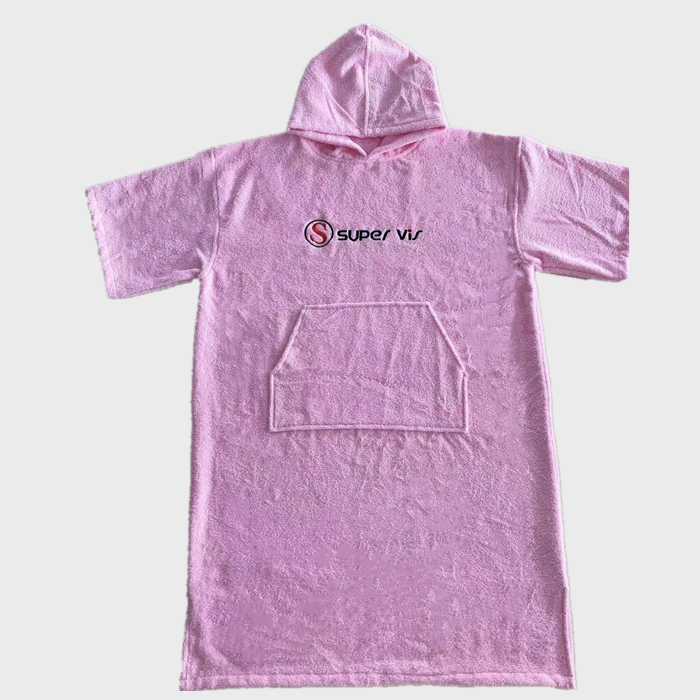Black Gem and Lee Cultivation Technique
Black gems and plums are late-maturing varieties known for their large fruits, with an average weight of around 90 grams and a maximum of up to 296 grams. The fruit has a striking purple-black appearance, and the flesh is firm, crisp, and sweet. These fruits are highly resistant to storage and transport, allowing them to be kept at room temperature for about one month, and in cold storage (0-5°C) for 3 to 5 months. In the Lunan area, the trees begin to sprout in late March and bloom in early April. The fruiting period typically lasts from late August to early September, with a total growth period of approximately 140 days. The fruit set rate is high, and there is no significant size or annual variation. These trees are also cold-resistant, capable of surviving temperatures as low as -3°C during flowering. They offer high yields and excellent economic returns.
First, garden construction:
1. Site selection: For flatland orchards, choose land that is relatively flat, with deep, fertile soil, good drainage and irrigation, and a loamy or sandy texture with a low groundwater level. In mountainous areas, avoid frost-prone zones and select sunny, leeward slopes.
2. Planting density: Black gems and plums are less demanding than peaches in terms of spacing, but they require higher humidity. In flat areas, plant at 3–4 meters between rows, and 2–3 meters in hilly or sandy regions. Dense planting can also be used depending on conditions.
3. Pollination tree configuration: Most plum varieties have poor self-fertility, so it's essential to include pollination trees. Even for self-pollinating varieties, adding pollinators can boost fruit set. Black gems can be paired with large stone plum varieties as pollinators.
Second, soil and fertilizer management:
In the fall, apply base fertilizer early, ideally in September. Young trees need about 20 kg per sapling, while mature trees require 50–80 kg per tree. You can also add some phosphorus and potassium fertilizers or uncomposted straw. Top-dressing should be done in three stages: before spring growth, apply 0.2–0.5 kg of urea per tree; after flowering, use 0.5 kg of compound fertilizer per tree; and during rapid fruit expansion, apply 0.25–0.5 kg of compound fertilizer. Additionally, foliar sprays should be applied every 20 days from flowering to fruit ripening—0.3–0.5% urea in the early stage and 0.3–0.5% potassium dihydrogen phosphate 2–3 times later. Drainage systems are crucial, as plums are not tolerant of waterlogging.
Third, shaping and pruning:
1. Tree shape: For a multi-branched happy shape, keep the trunk height at 60–70 cm, with 3 main branches on the first layer and 2 on the second, spaced 80 cm apart. Each main branch should have 2–3 side branches. For a naturally happy shape, the trunk height is about 70 cm, with 3–4 main branches at 50° angles and side branches at 70–80°.
2. Pruning young trees: After opening the main branches, internal shoots often appear. Summer pruning should focus on removing dense shoots, topping, and thinning to prevent canopy closure. Extension branches should not be shortened immediately but can be retrained after 1–2 years. During full fruiting, prune to control tree size and adjust the apex angle. Use the branch replacement method to manage growth. Long and medium fruiting branches should be pruned appropriately, while short and bouquet-like branches can remain untouched. Strong branch groups should be thinned, and weak ones encouraged. Regularly rejuvenate branches in batches to maintain balance.
Fourth, flower and fruit management:
1. Bee pollination: Place 4–8 bee hives per mu or use artificial pollination to improve fruit set.
2. Boron spraying: During full bloom, spray 0.2–0.3% borax to increase fruit setting.
3. Thinning: Leave 1–2 fruits per fruit branch, 2–4 on short branches, and 4–6 on long ones. Avoid leaving fruits at the crown tip and leave more in the middle and lower parts.
Fifth, disease and pest control:
Focus on preventing bacterial spot, leafhoppers, and red spider mites. Regular monitoring and timely intervention are key to maintaining healthy orchards.
Sports Towel, high quality towel robe, quick dry sport towel robe, sport towel supplier OEM supplier in China.
We are supplier of waterproof dry robe, Adult Change Robe, long sleeve high quality dry robe, dry robe waterproof coat supplier.
Sample is available now, welcome to discuss the details with us.


Sport Towel,Mens Gym Towel,Gym Sweat Towel,Sports Cooling Towels
Suzhou Golden Gamrnet MFG Co.,Ltd , https://www.svchangerobe.com